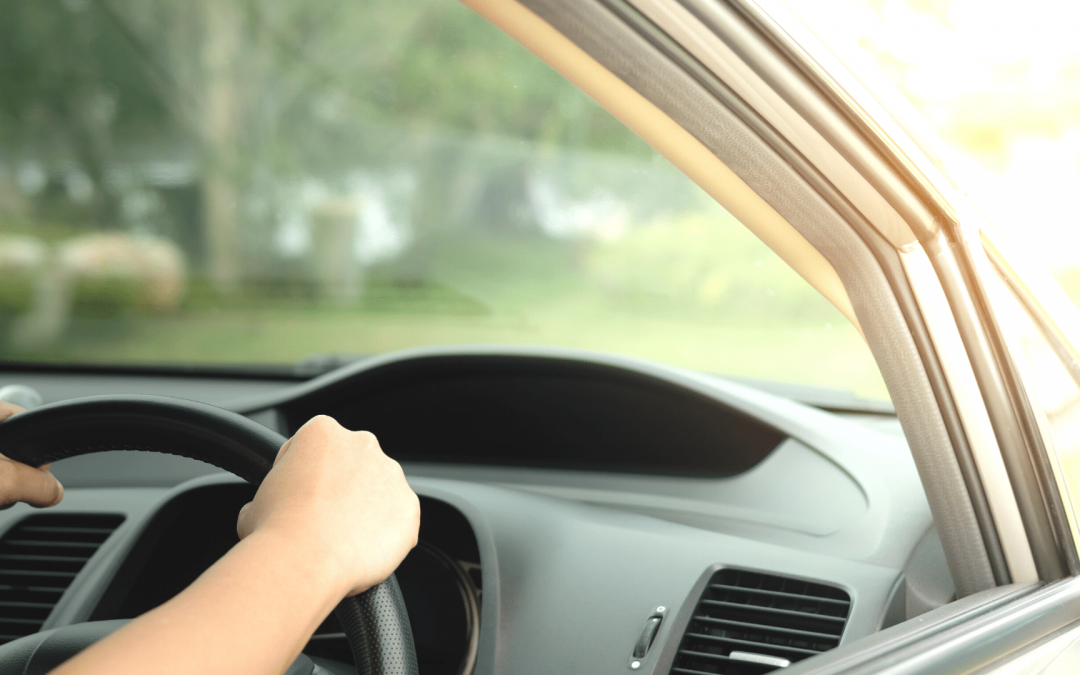Distracted driving is becoming more and more common today. Distracted driving as defined by NHTSA is, “any activity that diverts attention from driving”. In 2016 alone, distracted driving claimed the lives of 3,450 people. Social media and texting are huge parts of our every day lives, and the way we communicate with one another has shifted. It seems as if teens are in constant communication with their friends via text message, or scrolling through social media apps on their smartphones. These activities have become so normalized and simple in the minds of teens. A recent study has shown that 77% of teens believe that they can easily and safely send a text message while driving and according to Lookout Security, 75% of teen drivers admit to texting while driving. One of the first lessons we learn in driver’s education is to not take your eyes off the road, but reading or responding to a text message means taking your eyes off of the road for a minimum of 5 seconds. If you are going 55 mph, that is like driving the length of a football field with your eyes shut.
During the day there are approximately 481,000 drivers that use their cell phones while driving. Teens were the largest age group that were reported as distracted at the time of fatal crashes. The easiest way to avoid an accident due to distracted driving, is to simply not participate in the activities that cause distracted driving. We know, that’s easier said than done. How can parents help teens avoid distracted driving? Parents can discuss the dangers of distracted driving with their children and try to instill safe driving practices in their mind from the beginning of their driving journey. There are a variety of smartphone apps to download that can help with distracted driving by eliminating the use of texting while in a moving vehicle or only allowing hands free calling. Parents also have the ability to lead by example. If children and teens see their parents partaking in activities such as texting or social media use while driving, they may believe it is okay. Instead, demonstrate safe driving habits that will not only keep you and your passengers safe while driving, but also show your children how to engage in safe behaviors behind the wheel.

